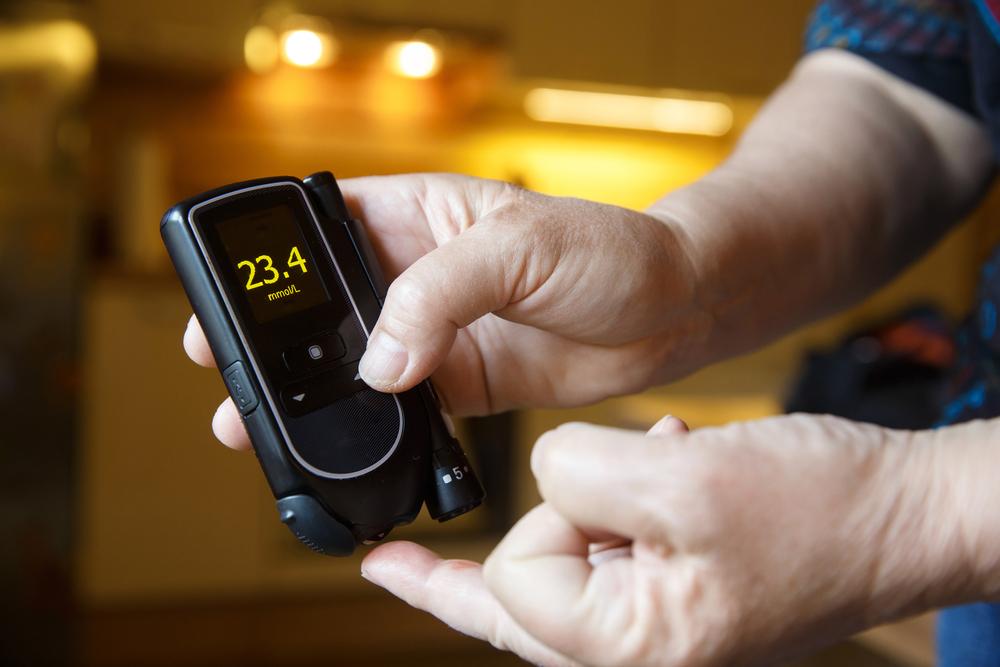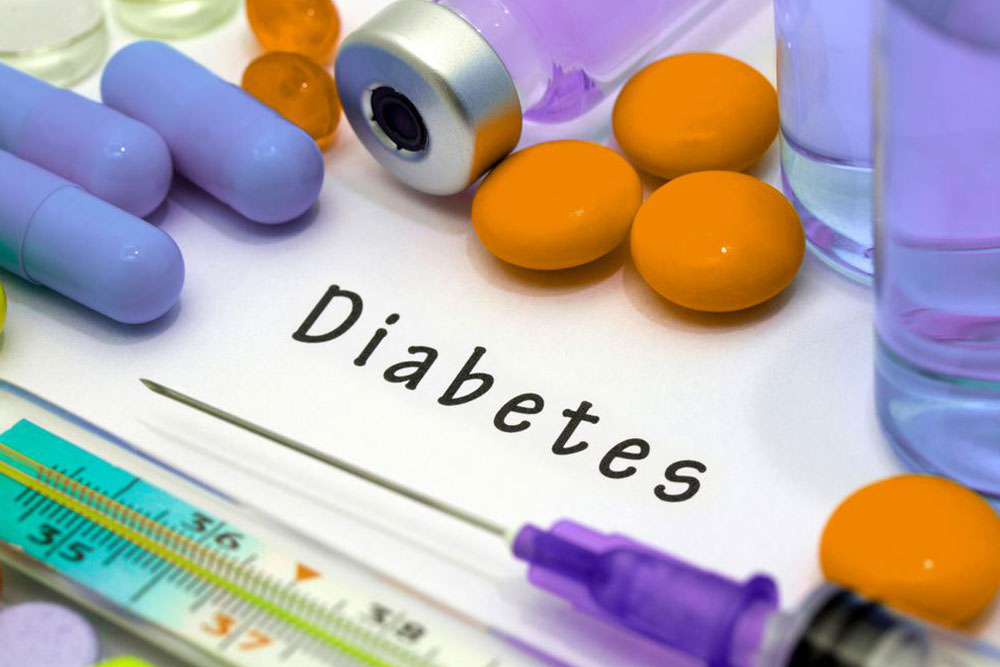Causes, Symptoms and Treatment of Type 1 Diabetes
Type 1 diabetes, also known as juvenile diabetes is diagnosed in an individual when the pancreas produce little or no insulin. The cells in the pancreas are destroyed by the immune system which further affects the These cells are known as beta cells and are responsible for making insulin.
Role of Insulin
Insulin as a hormone is known to help in movement of sugar or glucose in the body tissues.

This results in high blood pressure which leads to multiple abnormalities including:
- Dehydration
Due to the presence of extra sugar in the body the urge to urinate more crops up. This is the natural way for the body to get rid of the same. Therefore, a large amount of water goes out from the body and it leads to dehydration. - Weight Loss
This glucose, when lost from the body due to urination, flushes the much-needed calories along with it. This makes people with high blood pressure lose weight. - Damage to the body
High glucose levels also harm the nerves and blood vessels in the eyes, heart, and kidney. This can also lead to hardening of arteries which ultimately causes strokes and heart attack. - Risk Factor
Type 1 diabetes is a rare occurrence. Only about 5% of the people have this disorder. It affects men and women with same impurity and can begin at the age of 20.
What causes Type 1 diabetes?
Though nothing is known with certainty about the causes of type 1 diabetes, genes are known to play a major role in the same. Type 1 diabetes is also known to occur with other autoimmune diseases such as vitiligo.
Symptoms of Type 1 diabetes
Though symptoms of Type 1 diabetes are mild these can get very severe. Some of the symptoms include a feeling of heavy thirst, increase in hunger, dryness of mouth, pain in the belly, the frequent urge for urination, weight loss which is unexplained, blurred vision and infection of the skin.
Besides this, there are certain emergency signs which indicate the presence of type 1 diabetes. These include confusion and shaking, rapid breathing, severe pain in the belly and loss of consciousness which is, however, a rare sign.
How is Type 1 diabetes diagnosed?
When a doctor thinks that a person is suffering from type 1 diabetes, the blood sugar level of the person will be checked. The urine might also be checked for glucose presence. However, it is noteworthy to mention here that there is no prevention of type 1 diabetes until now.
Treatment of Type 1 diabetes
People with type 1 diabetes also live a long and healthy life. The blood sugar levels should be kept in range as prescribed by the doctor. This range should, however, be checked often by adjusting the insulin level and food habits as required.
People who suffer from this medical complication should use insulin injections to keep the blood sugar levels under check.
Any doctor will typically mention about three stages during a discussion about insulin.
- Onset – This is the condition before insulin reaches the bloodstream and lowers the blood sugar.
- Peak Time – this is the time when insulin does its task of reducing the blood sugar level.
- Duration – This is the period for which the insulin keeps doing its work after the onset.
Changes in Lifestyle – Excercise is the best treatment when it comes to curing type 1 diabetes. The insulin dose and the food intaken should be balanced to maintain a healthy lifestyle if a person has type 1 diabetes.
The blood sugar should be checked before and after doing any activity. The level might fluctuate depending on the intensity of a particular activity. For implementing the changes in lifestyle, ideally, a registered dietitian should be consulted.
Risks of Type 1 diabetes
If this medical condition is not checked in time, it can lead to multiple complications which are listed below:
Retinopathy
About 80% of the adults who have been suffering from type 1 diabetes for over 15 years suffer from retinopathy, a complication of the eye. A person should keep a count of the blood sugar level, blood pressure, and cholesterol if this medical ailment has to be prevented.
Damage to the Kidney
20 to 30% people who have type 1 diabetes suffer from a condition of the kidney known as nephropathy. This shows up 15 to 25 years after type 1 diabetes has set in. If not treated in time, this can lead to heart diseases and kidney failure.
Poor Blood Circulation
If not treated in time, type 1 diabetes can manifest into a condition where the blood circulation gets poor and leads to a range of complication.




